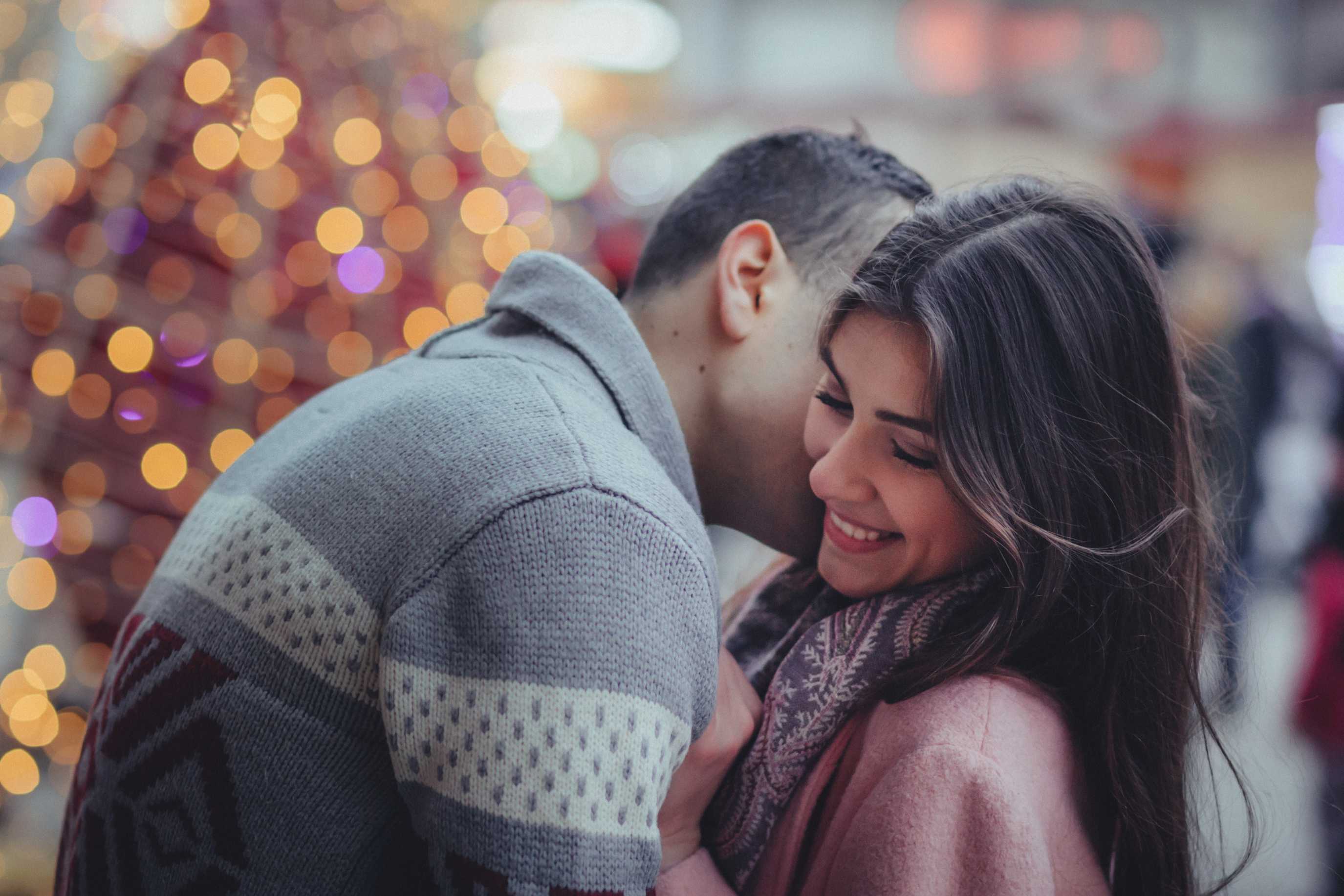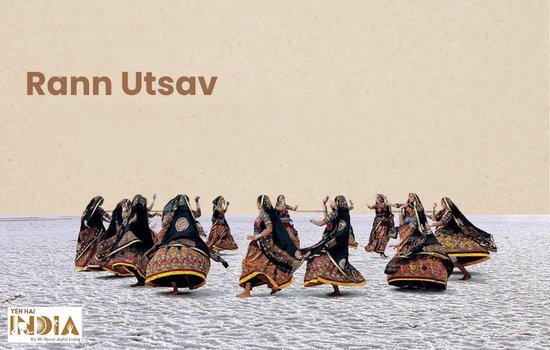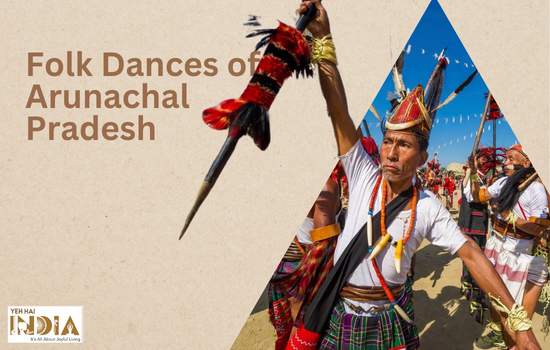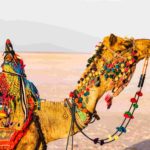‘Maha Shivaratri’ is a Hindu festival celebrated annually which in particular marks the day of the celebration of Lord Shiva’s marriage. People from all over the country impatiently wait to witness the ‘The Great Night of Shiva’.
Shivaratri happens in every luni-solar month of the Hindu calendar, on the month’s 13th night/14th day but even once in a year in late winters and before the arrival of the summers.
It is one of the major festivals of Hindus and this festival showcases the remembrance of ‘overcoming darkness and ignorance’ in life and in the world.
On this particular day, people offer their prayers by chanting, fasting and meditating. Their meditation is based on ethics and virtues which compose of good values such as honesty, non-injury to others, charity, forgiveness and the discovery of Shiva.
The devotees even keep awake all night and others visit one of the Shiva temples or go on pilgrimages to ‘Jyotirlingams’.
Cannabis smoking can also be observed to mark this festival especially in Nepal and India.
Other than India, Maha Shivaratri is also observed by Hindus in Bangladesh, Guyana, Mauritius, Myanmar, Nepal, Pakistan, Trinidad and Tobago.
Description of Maha Shivratri
Dedicated to the Hindu God Shiva, Maha Shivaratri is particularly important in the ‘Shaivism’ tradition of Hinduism.
Though you may have witnessed that many Hindu festivals are celebrated in the day time, Maha Shivaratri is among those festivals which are celebrated in the night.
Also, unlike other festivals which showcase the expression of cultural revelry, Maha Shivaratri is known for introspective focus, fasting, meditation on values and Shiva, self study, social harmony and an all night vigil at Shiva temples which is a common sight to witness during this grand night.
Some even perform offerings of fruits, leaves, sweets and milk to Shiva, some perform all day fasting with Vedic tantric worship of Shiva and some immerse completely in meditative yoga.
The scared mantra of Shiva is chanted by his devotees which is – ‘Om Namah Shivaya’.
History of Maha Shivratri
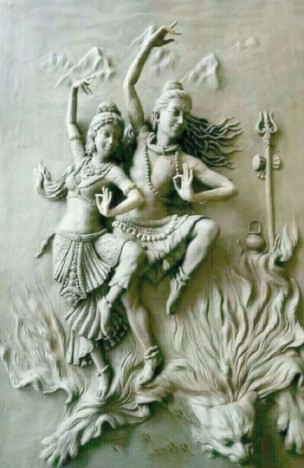
The Maha Shivaratri has been mentioned in several ‘Puranas’ in particular the ‘Skanda Purana’, Linga Purana’ and ‘Padma Purana’.
This medieval era Shiva texts present different contexts and versions which is associated with this festival.
The texts have even mentioned fasting, reverence for icons of Shiva such as ‘Lingam’.
Different tales describing the significance
There different legends with their own tales describing the significance of Maha Shivaratri.
Lord Shiva is not only known as the ‘embodiment of ultimate space of enlightenment’ but also known for his heavenly dance which delicately composes all the emotions that he wants to express.
- According to one legend in the Shaivism tradition, this night is when the Shiva performs the heavenly dance of creation, preservation and destruction. There is constant chanting of hymns, reading of Shiva’s scriptures and the chorus where all his devotees join this cosmic dance to remember Shiva’s presence.
- According to another legend, this was that holy night when Shiva and Parvati accepted each other and got married.
- A different legend expresses his view stating that it is an annual occasion where offerings are made to Shiva icons such as Linga to over past sins and restart through a virtuous path and thus reach Mouth Kailasha and liberation.
Samudra Manthan
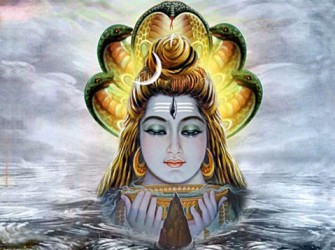
There are many beliefs associated with this auspicious day. One such belief states that on this particular day, Lord Shiva gulped the ‘Halahala’ (a poison) produced during Samudra Manthan and held in his neck which bruised and turned blue naming him ‘Neel Kanth’.
It is also widely believed that the famous ‘Neelkanth Mahadev Temple’ is the place where this incident took place where Lord Shiva consumed the poison as dark matter and saved the universe from destruction.
Tantra
Maha Shivaratri is also considered the day when ‘adiyogi’ or the first guru awakened his consciousness at the material level of existence.
According to Tantra, at this particular stage of consciousness, there is no objective experience and the mind is transcended. The meditator transcends time, space and even causation.
It is considered to the brightest night of the soul, when the yogi finally attains the pure state of ‘Shoonya’ or ‘Nirvana’ which is the stage that succeeds ‘Samadhi’ or illumination.
Maha Shivaratri celebrations in India
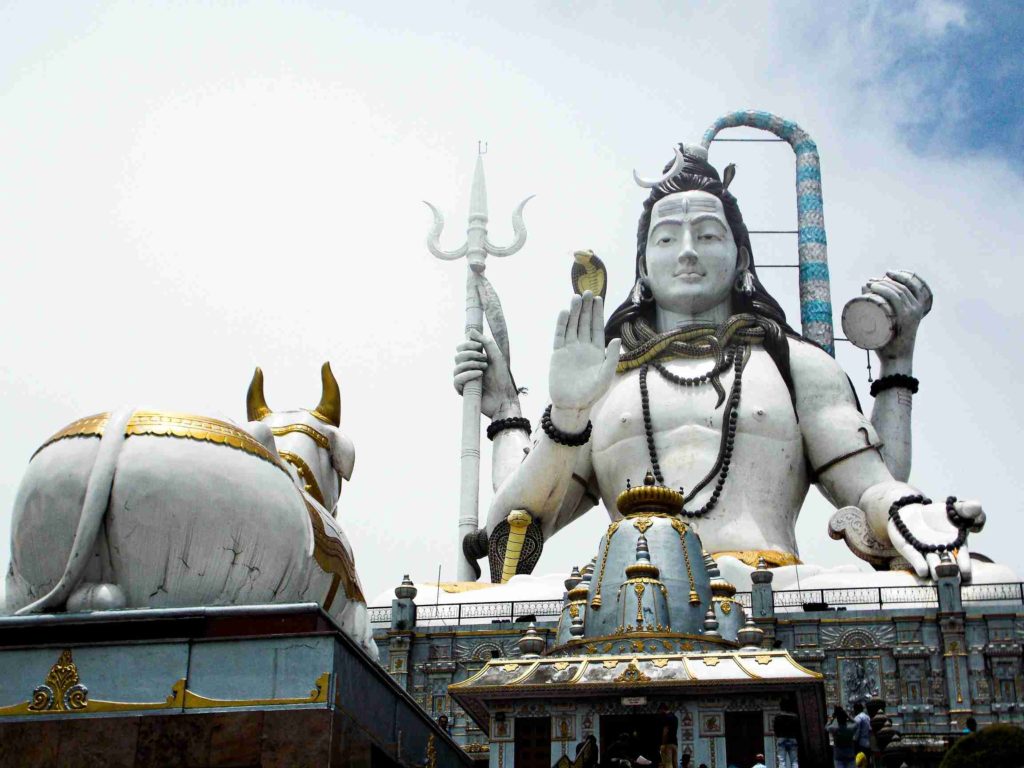
1. Tamil Nadu
You can see a great pomp and fanfare in ‘Annamalai Temple’ in ‘Tiruvannamalai’ district during the Maha Shivaratri celebrations. The special process of worship on this day is a 14 km bare foot walk around Lord Shiva’s temple on the top of the hill.
2. Andhra Pradesh and Telangana
Shivaratri yatras are held at Mallayya gutta near ‘Kambhalapalle’, ‘Gundlakamma Kona’ amongst others.
Special pujas are held at ‘Pancharamas’ –
- Amararamam of Amravati
- Somaramam of Bimavaram
- Draksharamam
- Kumararama of Samarlakota
- Ksheerarama of Palakollu
The days immediately after Shivaratri are celebrated as ‘Brahmosavaalu’ at Srisailam one of the 12 Jyotirlingams sites.
Maha Shivaratri Utsavalu are held at the ‘Rudreshwara Swamy’s’ 1000 pillar temple in Warangal.
3. Mandi
The Mandi fair is in the town of Mandi which is particularly famous as a venue for Maha Shivaratri celebrations. There is a drastic transformation as the whole town is poured in by the devotees of Lord Shiva.
4. Kashmir
In Kashmir Shaivism, Maha Shivaratri is celebrated by the Hindus of Kashmir and is called ‘Herath’. Herath is a Kashmiri word which is derived from the Sanskrit word ‘Hararatri’ or the ‘Night of the Hara’, which is another name of Lord Shiva.
5. Central India
Central India has a huge number of Shaiva followers as compared to the other parts of the country.
The ‘Mahakaleshwar Temple’ in Ujjain is one of the most venerated shrines dedicated to Lord Shiva.
The ‘Tiwara Ghat’ in Jabalpur and ‘Math Temple’ in Jeonara is also the places which witnesses high number of Shiva devotees celebrating this big night.
6. Punjab
‘Shobha Yatras’ are organised in various Hindu organisations in different cities. Maha Shivaratri is celebrated rather grandly and is considered to be an important festival for the Punjabi Hindus.
7. Gujarat
Maha Shivaratri mela is organised in Junagadh where bathing in the ‘Murghi Kund’ is considered very holy. Myth has it that Lord Shiva himself used to come for bath here.
8. West Bengal
Unmarried girls seeking a suitable husband in Bengal devoutly celebrate Maha Shivaratri by visiting ‘Tarakeswar’.




